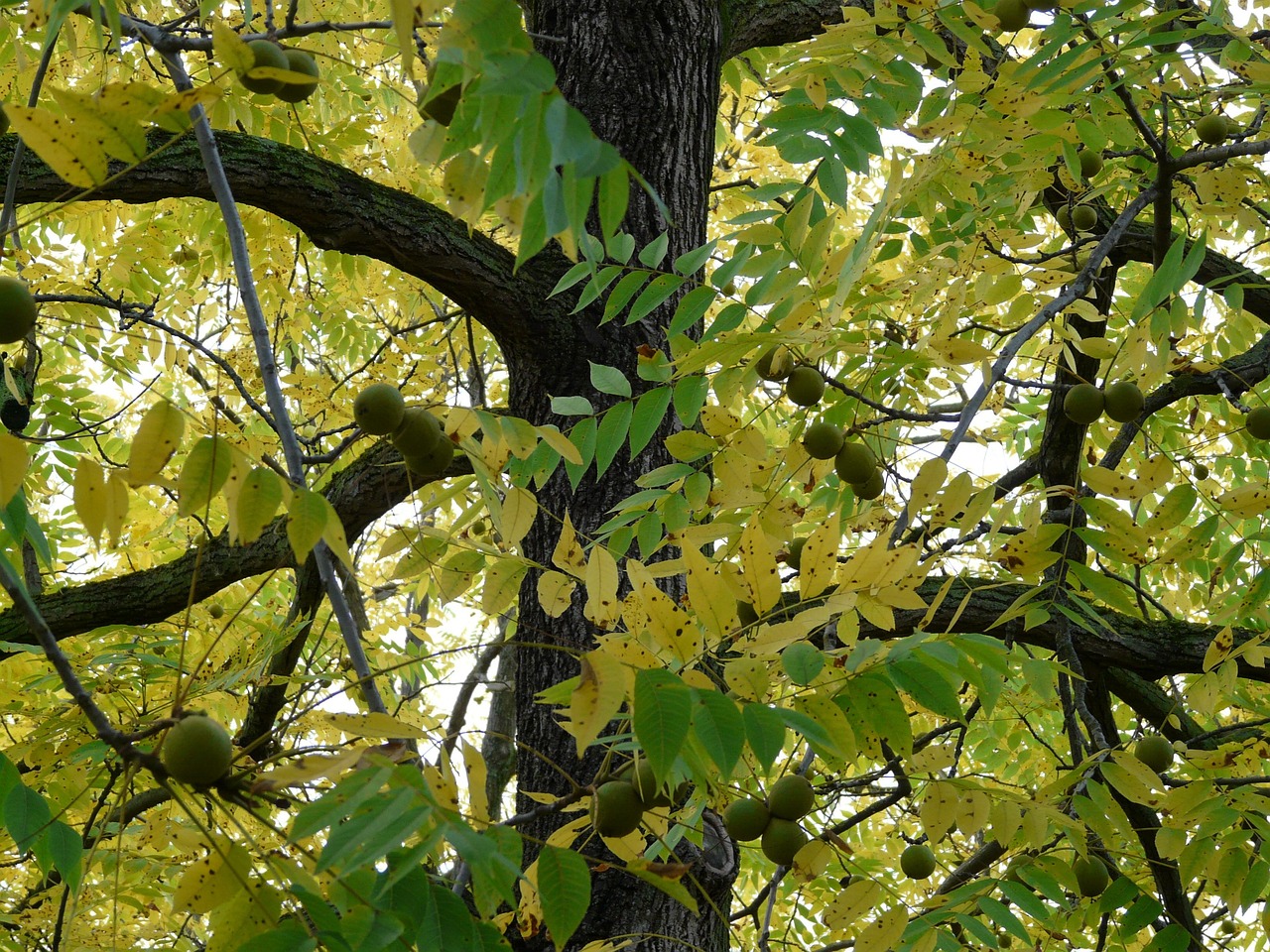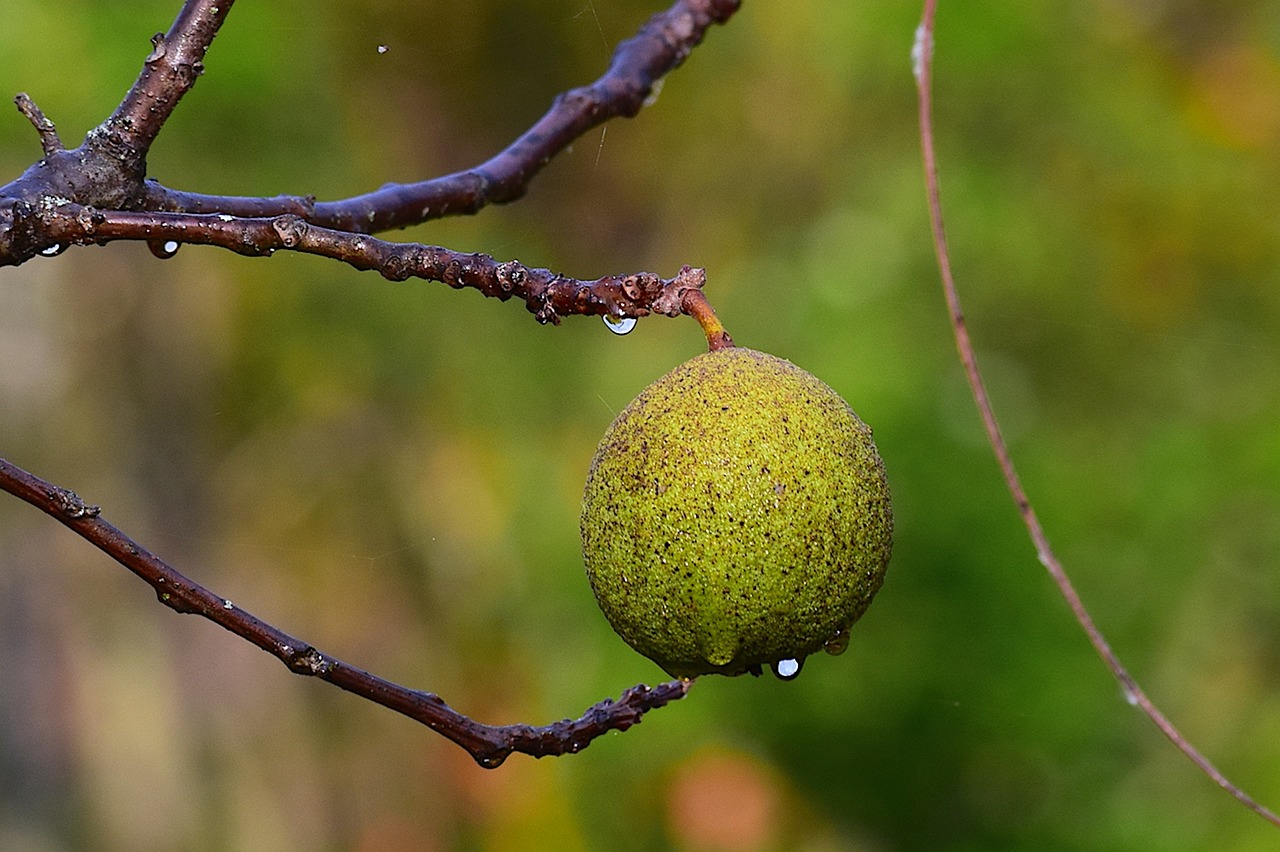Black Walnut trees grow quickly in their first two decades, reaching 24 inches annually under ideal conditions. They can attain heights of 50–75 feet, with some exceeding 100 feet, and develop substantial trunks. Proper soil, sunlight, watering, and spacing are essential for optimal growth and healthy maturity.
After years of growing and caring for these trees, I’ve come to love their striking appearance and the richness of their nuts. Native to North America, I’ve learned that they thrive in various soil types, but I always preferred planting them in well-drained, fertile soils — they seem much happier there. Watching their adaptability and strong presence in the landscape, I realized why they are so popular for both landscaping and forestry. Understanding their growth patterns and mature size is something I always focus on if I want to plan properly or avoid surprises later.

My experience has shown me that many factors influence how well a Black Walnut grows — from soil quality to climate and how I care for my trees. Here are a few things I always keep in mind:
| Factor | Impact on Growth |
|---|---|
| Soil Quality | I always ensure the soil is well-drained and rich for faster growth. |
| Climate | I’ve noticed they prefer temperate climates with decent rainfall. |
| Sunlight | Full sun exposure is necessary; I always plant them where they get at least six hours of direct light. |
| Watering | Consistent moisture helps a lot — I make sure to water during dry spells without overdoing it. |
My Take on Growth Rate of Black Walnut Trees
In my experience, young Black Walnuts grow rapidly during their first two decades — I’ve seen them put on about 24 inches of new height every year! That early fast growth is what makes them so exciting to watch. Once they hit about 20 years, the pace slows down but doesn’t halt; they still continue to grow, just more slowly. Over time, they can reach impressive heights between 50 and 75 feet, and I’ve seen some exceptional specimens pushing beyond 100 feet in ideal conditions. The trunk diameter can become quite substantial too — often 2 to 3 feet across, making these trees true landmarks in a landscape.
Of course, I’ve learned that growth rates can vary based on several factors, like:
- Genetic differences among individual trees
- Local environmental conditions
- Soil nutrients
- Pests or diseases
From my experience, planting these trees requires giving them enough space — both above and below ground. Their roots are extensive and competitive, so I always leave a generous area around the trunk. Regular maintenance, like watering during dry times, mulching to keep the soil moist, and fertilizing when needed, are practices I always recommend for optimal growth.

One thing I always pay attention to is juglone — the natural herbicide produced by Black Walnut trees. I’ve learned to be cautious because juglone can inhibit the growth of sensitive plants nearby. After some trial and error, I now avoid planting certain species within close proximity, especially vegetables like tomatoes or peaches. It’s a helpful reminder that these trees can affect their surroundings quite significantly.
Summing it all up, I’ve found that Black Walnut trees grow fast early on, then gradually slow as they mature. With proper conditions and care, they can thrive for generations, offering beauty, shade, and valuable nuts. Their size and strength make them stand out in any landscape, and I always enjoy watching them develop over the years.
Beyond their physical grandeur, I’ve come to appreciate their ecological and economic contributions. Their nuts are edible and attract wildlife, helping bring biodiversity into the backyard or farm. Plus, the high-quality hardwood is highly valued in furniture-making, cabinetry, and flooring — I always feel proud when my trees’ wood is used in fine projects.

Pro-Tips for Growing Black Walnut Trees — My Personal Lessons
- When I first planted my black walnut, I ignored the importance of soil pH. I quickly learned that testing my soil beforehand and maintaining a pH between 6.0 and 7.5 made a huge difference in their growth. Always check your soil—trust me, it’s worth the effort!
- Initially, I underestimated how much space these trees need. I learned the hard way that giving them plenty of room both above and below ground prevents root competition and encourages healthy growth. Don’t crowd your trees—let them breathe!
- Watering can be tricky. In my early days, I overwatered, which led to root rot. Now, I deep water infrequently, especially during dry spells, to foster those deep roots that help them withstand droughts later on.
- Pay attention to juglone, the natural herbicide they produce. I once planted vegetables too close, which stunted their growth. Now, I keep sensitive plants at a safe distance—lesson learned!
- Managing pests and diseases is easier if I stay vigilant. Early inspection for pests like walnut twig beetles or signs of diseases like walnut blight can save a lot of trouble later. Acting promptly makes a huge difference.
- Growing from seed is more straightforward than I initially thought—collect mature nuts in fall, stratify them outdoors in cold conditions, then plant in spring. Grafting is an option if I want specific traits, but it requires patience and practice.
- Lastly, patience is key. I used to expect quick results, but I’ve learned that these giants take decades to reach their full size. Proper care over the years really pays off in the end.
What I Always Do for Optimal Growth
Soil Preparation
I always start with a soil test before planting. I want to make sure the pH is between 6.0 and 7.5 and that I’ve added enough organic matter. Improving drainage is essential because sitting water can harm the roots — I’ve learned that the hard way.
Sunlight
For me, choosing the right spot is crucial. Black Walnuts love full sun, so I always avoid shaded areas caused by buildings or taller trees nearby. Proper spacing ensures they get the light they need to grow strong.
Watering
During their early years, I always make a point to water deeply but infrequently. I’ve found that this encourages deep roots, which are vital for drought tolerance later on.
Managing Pests and Diseases — My Approach
I always stay vigilant. Regular inspections for signs of pests like walnut twig beetles, caterpillars, or aphids prevent bigger problems. If I notice anything unusual, I act quickly with natural controls or targeted treatments.
Diseases such as walnut anthracnose or root rot require me to keep the trees healthy and planting space properly managed. Removing infected material promptly is something I’ve learned is key to stopping spread.
Propagating and Growing Black Walnut Trees
I’ve found that growing from seed is straightforward: collect mature nuts in fall, stratify them in cold conditions, and plant in spring. Grafting can also be worth it if I want specific traits, but it requires a bit more skill and patience.
From My Garden to Market — Cultivating for Profit
I always select the best seeds or grafts to start my trees. Consistent care, like watering, fertilizing, and pest management, is essential. Over time, I’ve seen that sustainable practices pay off — both for the environment and my wallet.
The wood and nuts can fetch a premium in markets if I harvest mature trees or manage them properly. The nuts are rich in omega-3s and delicious, making them a great addition for local markets or personal use.
Final Thoughts — My Personal Reflection
Growing Black Walnut trees has been one of the most rewarding parts of my landscape. They are not only beautiful and valuable but also bring a piece of history and ecology into my property. I always remember that their growth takes patience and proper care, but the results are worth it. They serve as a lasting legacy — providing shade, nuts, and top-quality wood for years to come.
In essence, if you’re willing to understand their needs, manage their unique traits, and give them room to grow, Black Walnut trees can be a fantastic addition. I always enjoy watching them
